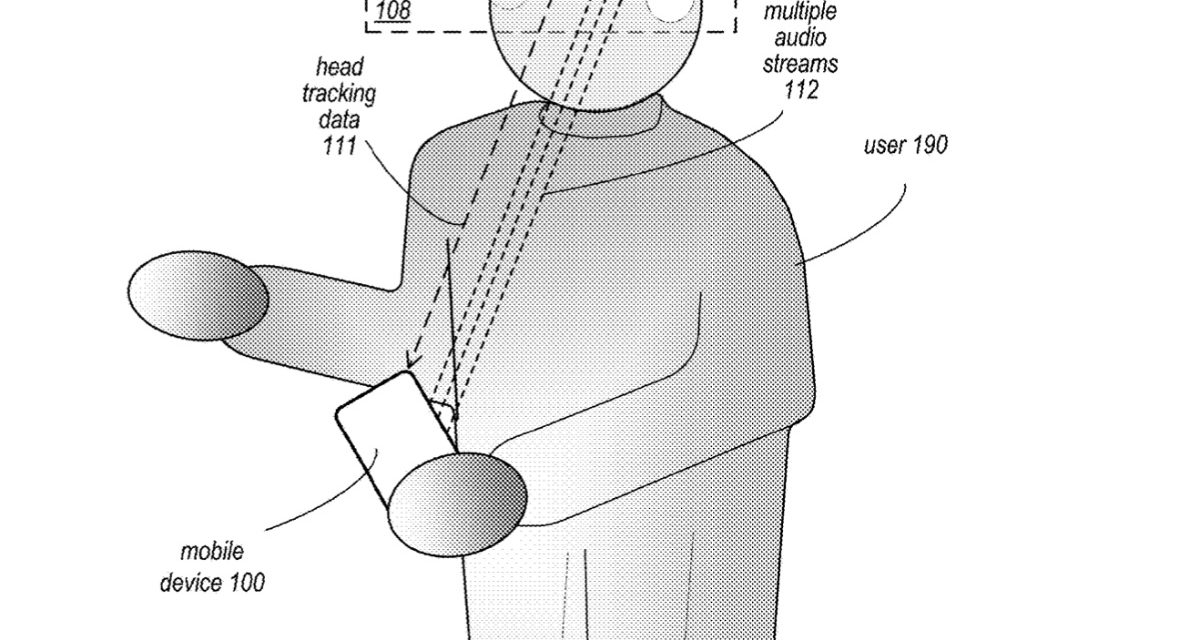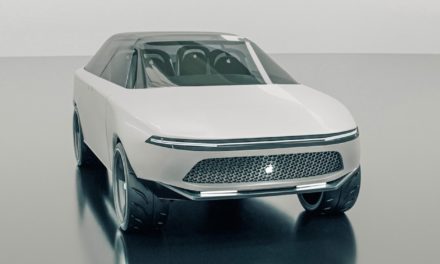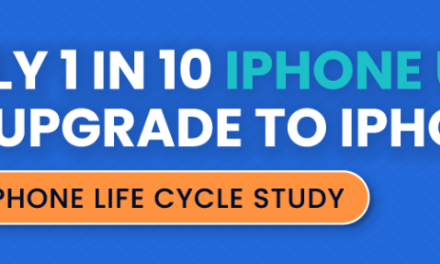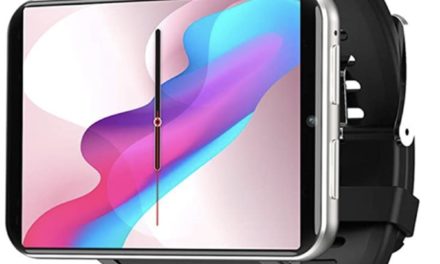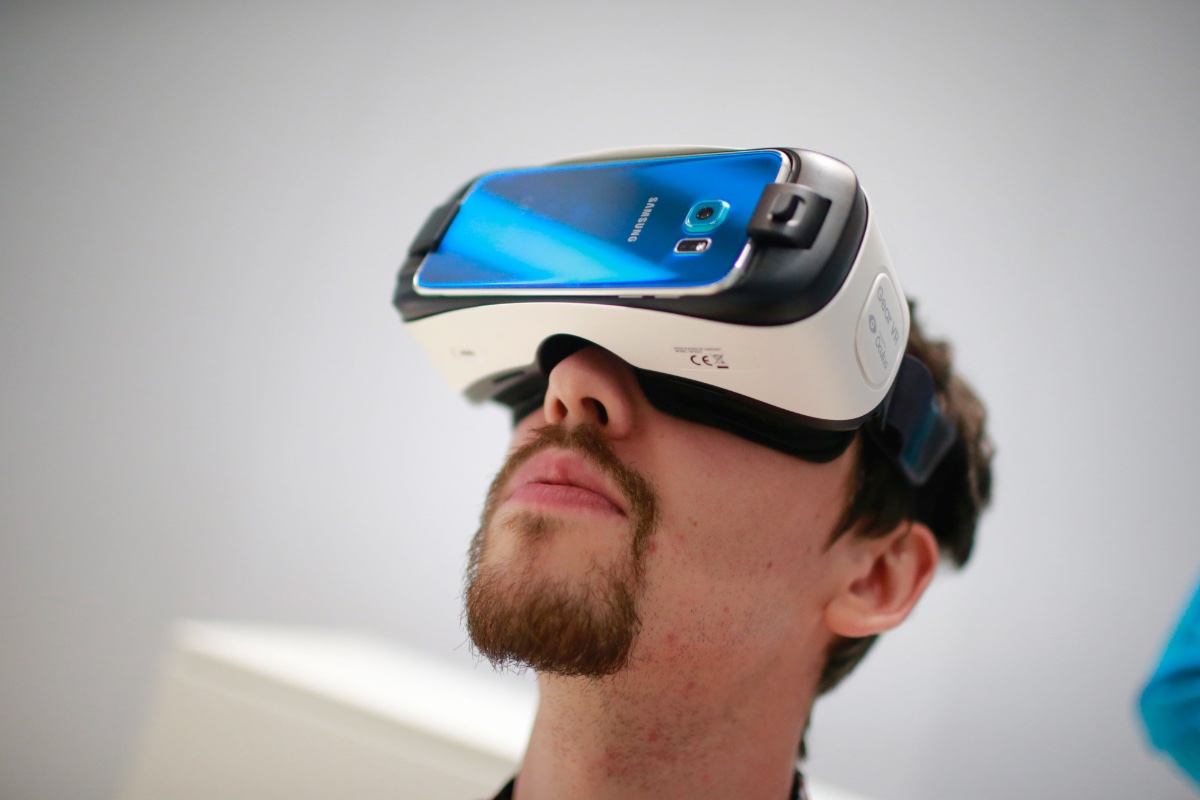Apple has been granted a patent (number 11,202,164) for “predictive head-tracked binaural audio rendering.” It involves the rumored “Apple Glasses,” an augmented reality’ virtual reality headset.
About the patent
In the patent filing, Apple notes that virtual reality (VR) allows users to experience and/or interact with an immersive artificial environment, such that the user feels as if they were physically in that environment. For example, virtual reality systems may display stereoscopic scenes to users in order to create an illusion of depth, and a computer may adjust the scene content in real-time to provide the illusion of the user moving within the scene.
When the user views images through a virtual reality system, the user may thus feel as if they are moving within the scenes from a first-person point of view. Similarly, mixed reality (MR) combines computer generated information (referred to as virtual content) with real world images or a real world view to augment, or add content to, a user’s view of the world, or alternatively combines virtual representations of real world objects with views of a three-dimensional (3D) virtual world.
The simulated environments of virtual reality and/or the mixed environments of mixed reality can be utilized to provide an interactive user experience for multiple applications. Apple’s patent is designed to make this experience more immersive by head-tracked audio rendering for a Surround Sound-like experience.
Summary of the patent
Here’s Apple’s abstract of the patent: “Methods and apparatus for predictive head-tracked binaural audio rendering in which a rendering device renders multiple audio streams for different possible head locations based on head tracking data received from a headset, for example audio streams for the last known location and one or more predicted or possible locations, and transmits the multiple audio streams to the headset.
“The headset then selects and plays one of the audio streams that is closest to the actual head location based on current head tracking data. If none of the audio streams closely match the actual head location, two closest audio streams may be mixed. Transmitting multiple audio streams to the headset and selecting or mixing an audio stream on the headset may mitigate or eliminate perceived head tracking latency”
About Apple Glasses
When it comes to Apple Glasses, such a device will arrive in 2022 or 2023, depending on which rumor you believe. It will be a head-mounted display. Or may have a design like “normal” glasses. Or it may be eventually be available in both. The Apple Glasses may or may not have to be tethered to an iPhone to work. Other rumors say that Apple Glasses could have a custom-build Apple chip and a dedicated operating system dubbed “rOS” for “reality operating system.”
Article provided with permission from AppleWorld.Today

